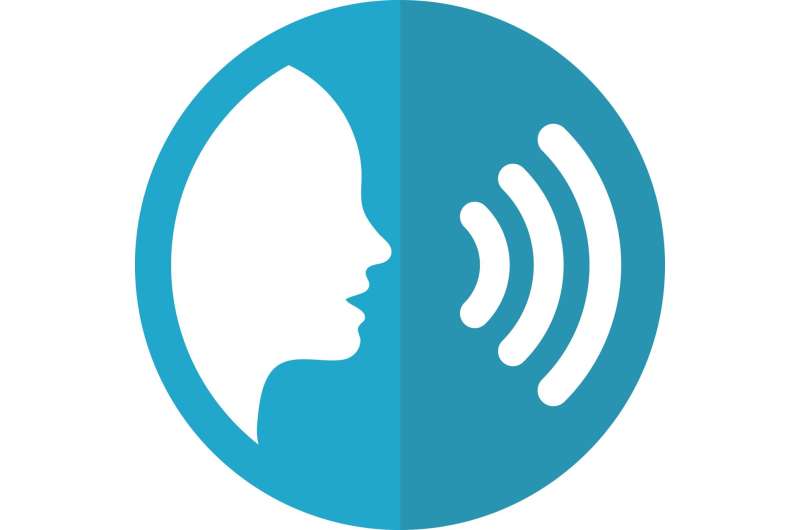This article has been reviewed according to Science X's editorial process and policies. Editors have highlighted the following attributes while ensuring the content's credibility:
fact-checked
peer-reviewed publication
trusted source
proofread
Hey, Siri: Moderate AI voice speed encourages digital assistant use, study finds

Voice speed and interaction style may determine whether a user sees a digital assistant like Alexa or Siri as a helpful partner or something to control, according to a team led by Penn State researchers. The findings reveal insights into the parasocial, or one-sided, relationships that people can form with digital assistants, according to the researchers.
They reported their findings in the Journal of Business Research.
"We endow these digital assistants with personalities and human characteristics, and it impacts how we interact with the devices," said Brett Christenson, assistant clinical professor of marketing at Penn State and first author of the study. "If you could design the perfect voice for every consumer, it could be a very useful tool."
The researchers found that a digital assistant's moderate talking speed, compared to faster and slower speeds, increased the likelihood that a person would use the assistant. In addition, conversation-like interactions, rather than monologs, mitigated the negative effects of faster and slower voice speeds and increased user trust in the digital assistant, according to the researchers.
"As people adopt devices that can speak to them, having a consistent, branded voice can be used as a strategic competitive tool," Christenson said. "What this paper shows is that when you're designing the voice of a digital assistant, not all voices are equal in terms of their impact on the customer."
Christenson and his colleagues conducted three experiments to measure how changing the voice speed and interaction style of a digital assistant affected a user's likelihood to use and trust the device. In the first study, they asked 753 participants to use a digital assistant to help them create a personal budget. The digital assistant recited a monological, or one-way, script at either a slow, moderate or fast pace.
The researchers then asked the participants how likely they would be to use the digital assistant to create a personal budget, measuring responses from one, not at all likely, to seven, very likely. They found that participants who heard the moderate voice speed were more likely to use the digital assistant than those who heard the slow or fast voices.
In the second study, the researchers asked 266 participants to use a digital assistant to create a personal health plan. In addition to hearing a slow, moderate or fast voice, participants either heard a monological script or were encouraged to interact with the digital assistant in a back-and-forth dialogue.
The researchers then asked participants how likely they would be to use the digital assistant for creating a health plan and other tasks as well as their likelihood to share their contact information with the digital assistant.
They found that participants who heard the monolog at a moderate speed were about 5.5 times more likely to share their contact information than those who heard the fast voice speed and approximately twice as likely than those who heard the slow voice speed.
On the other hand, the dialogical interaction style appeared to mitigate the negative effects of faster and slower voice speeds, suggesting that conversation-like interactions may increase user trust in digital assistants that speak faster or slower.
In the third study, 252 participants used an Amazon Echo to find a dessert recipe. The digital assistant spoke at either a slow, moderate or fast pace and in a monological or dialogical style. In addition to asking how likely the participants would be to use the device to order recipe ingredients, the researchers asked the participants if they saw Alexa as more of a servant or partner and more like a robot or a human.
The researchers found that participant likelihood to use the device to order ingredients corresponded to the results of the previous two studies. They also found that regardless of speech rate or interaction style, the participants largely saw Alexa as a robot.
Moderate and fast speech rates as well as the dialogical interaction style made participants more likely to see Alexa as a partner compared to the slower speech rate and monological interaction style.
"The reason we conducted three different studies was to establish a status quo and then build upon that by adding one piece at a time and, in doing so, establish replicable results," Christenson said.
"We saw the same result in study one, two and three regarding people's reactions to a slow versus a fast versus a moderate speaking voice. We found that people really like a moderate rate of speed."
More information: Brett Christenson et al, Speaking fast and slow: How speech rate of digital assistants affects likelihood to use, Journal of Business Research (2023). DOI: 10.1016/j.jbusres.2023.113907





















